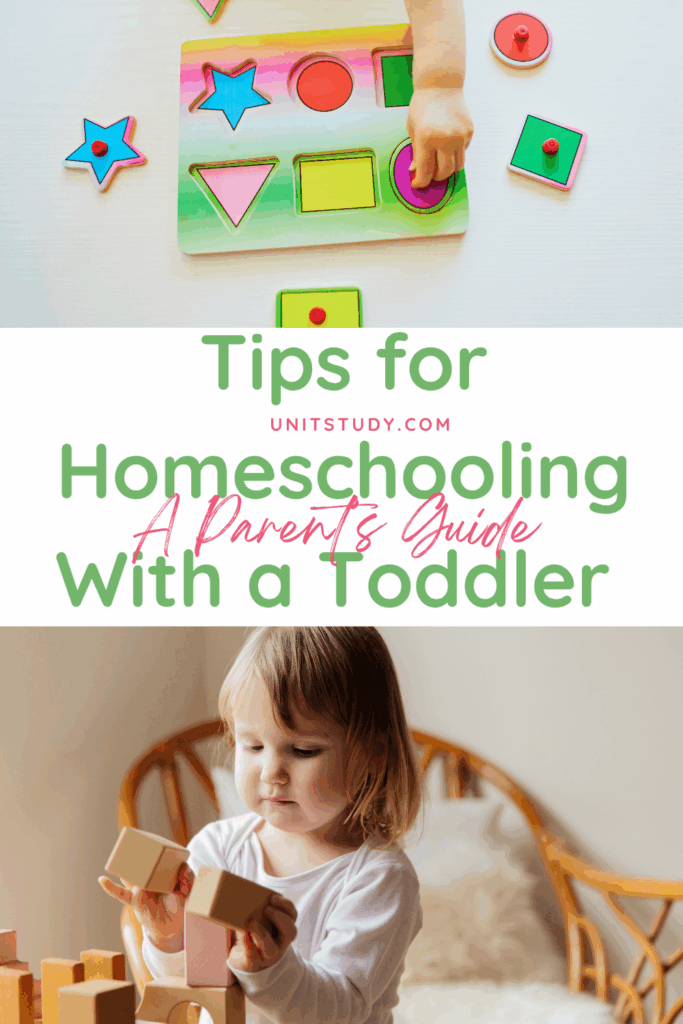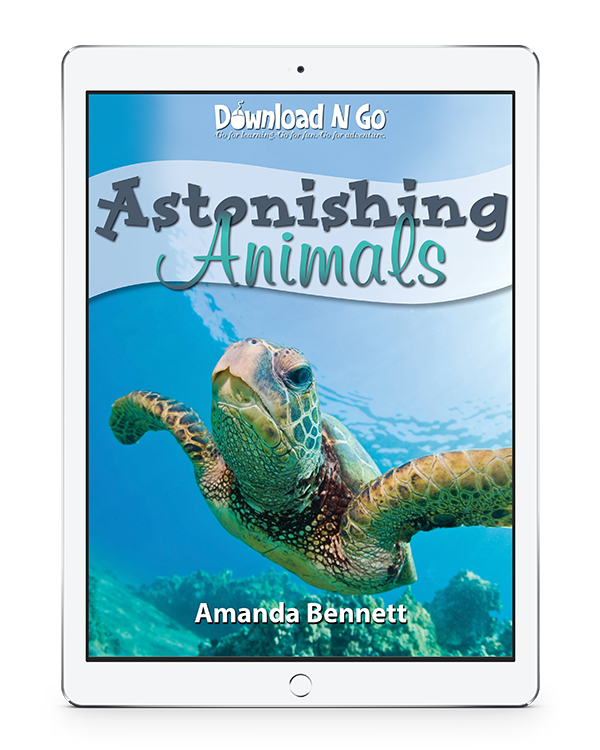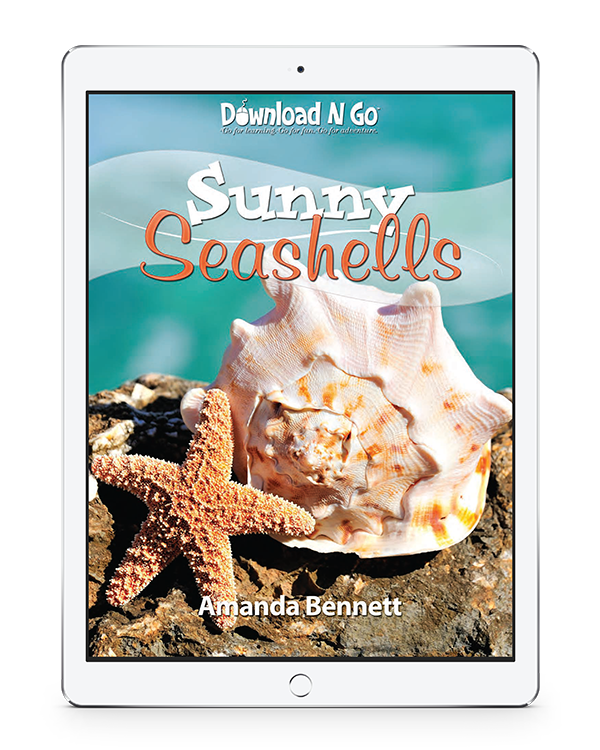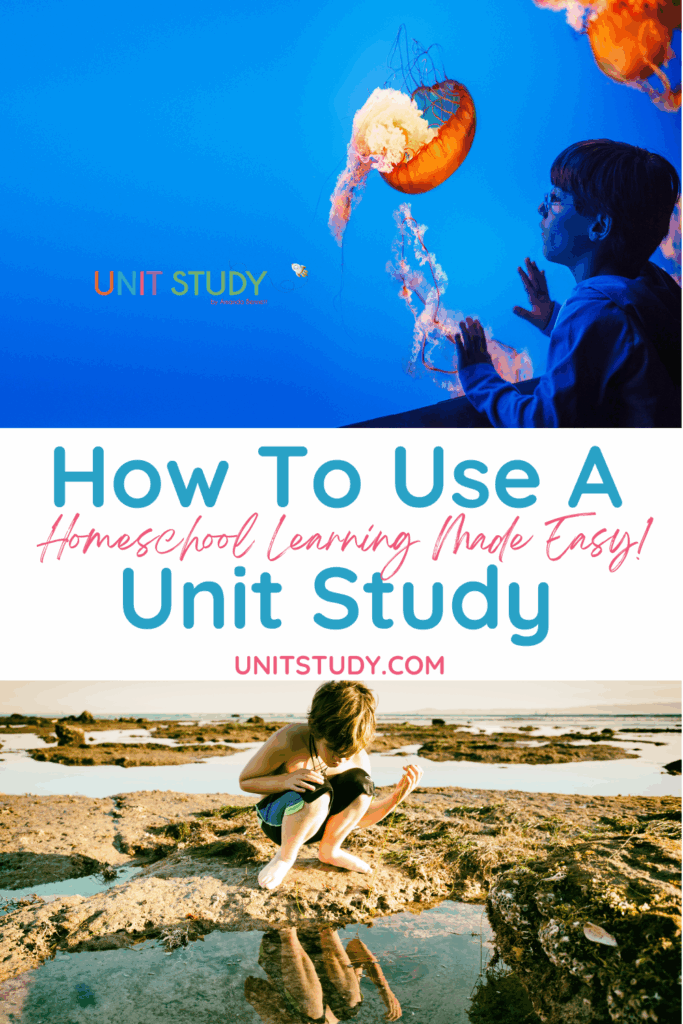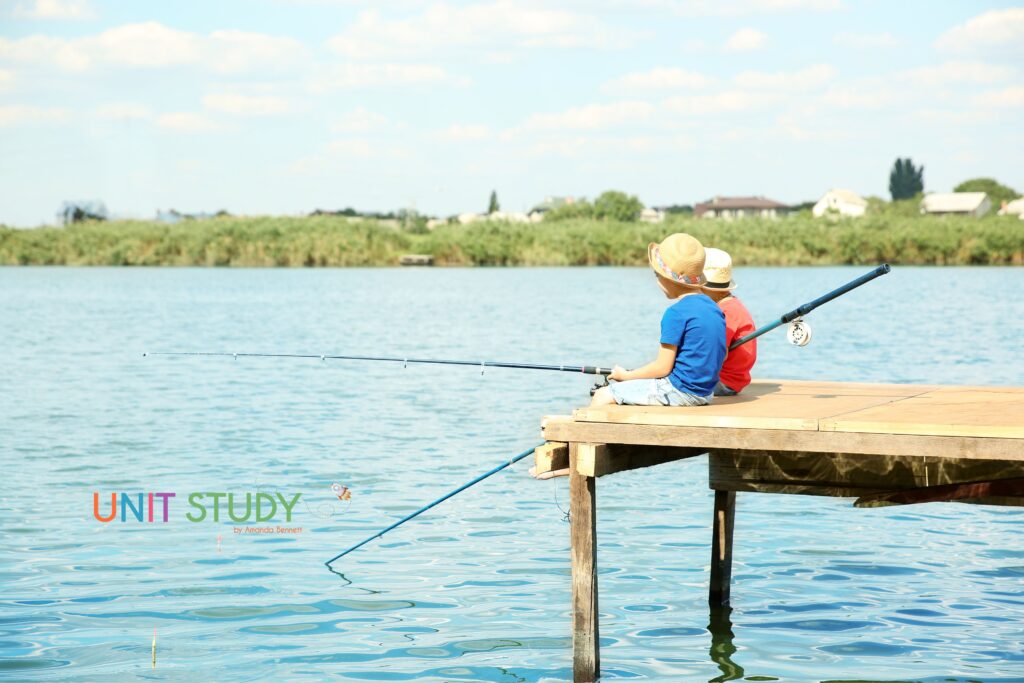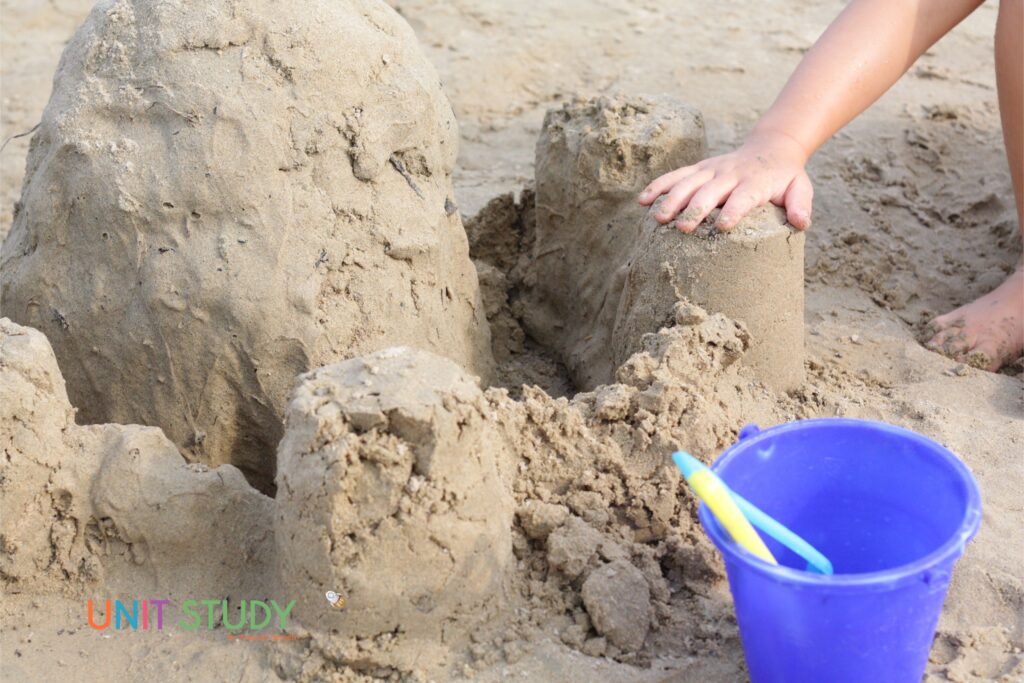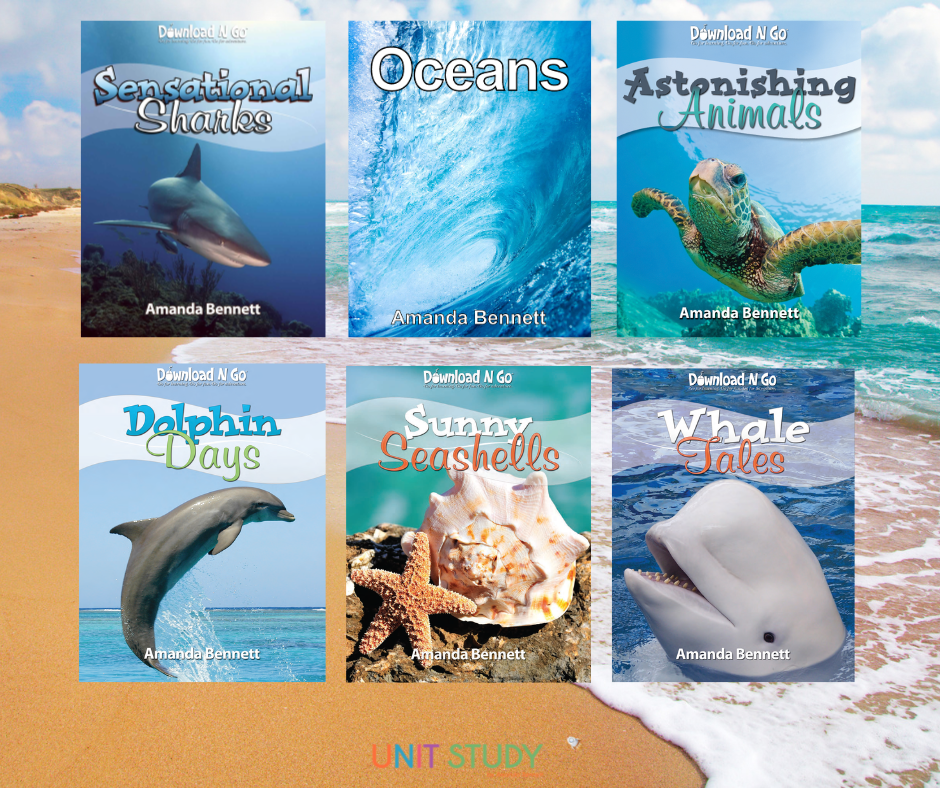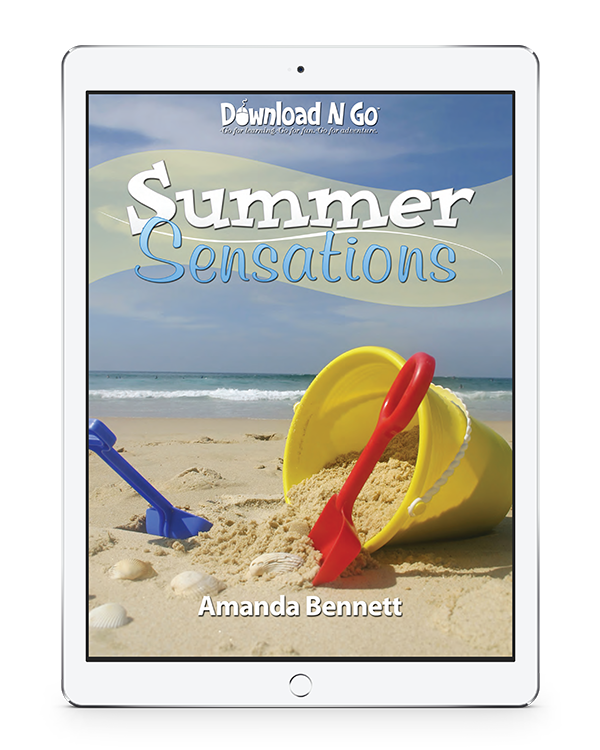
One of the best ways to approach learning in your homeschool is through a cross curricular unit study. In this post, we walk through how to use a unit study in your homeschool, using our “Ocean Study” as a guide.
Remember the first time you “heard” the ocean in a seashell or felt the sand shift from beneath your feet as the surf washed by? The cry of the gull, the steady rhythm of the waves on the shore, the sting of salt on your face—all of these and more remind us of the tranquility you can experience when seeing the ocean.
When warm weather approaches, the call to the water becomes louder and more appealing to families everywhere. We think of vacations and heading to the beach, while the children imagine who will collect the most seashells, climb to the top of the lighthouse first, build the biggest sandcastle, and kick the surf the highest!
The ocean was the topic of the very first unit study I attempted because it was just a short walk from our door, and the children were enamored by the beach and the water. They have always been so curious about the things we found or saw on the beach. I had a new baby with severe colic that was soothed by long beach walks, two fascinated and eager students anxious to leave textbooks and busywork behind, and a huge field trip arena at our doorstep—the Atlantic Ocean!
Interest-Led Learning Through Unit Studies
I always try to begin a unit study by asking the children what they’d like to know about the topic at hand, if they haven’t already demonstrated specific interests or mentioned questions in our daily conversations. We have already determined that we would investigate sea life, so here are some of the questions that they had about this topic:
1. What is the biggest animal in the ocean?
2. What kinds of animals live in the deepest part of the ocean?
3. How long can a dolphin and whale stay underwater?
4. Where does the great white shark live?
There, that’s four questions that we can tackle during this travel through the Oceans Unit Study Adventure!
From this point, I would proceed to the study outline and find the portions that would provide answers to the children’s questions as well as stretch their interest into other applicable areas of the topic.
Ocean Unit Study: Resources and Activities
What do I do next?
After deciding on the areas we would address in our study, I would start selecting appropriate resources from the Reference Resources section of the study. (This list contains numerous books for the various outline sections, including the grade level suggestions, publisher information, etc.)
Choosing Resources
Here are some suggestions of what I might choose to investigate their questions and interests:
- Fish, Shark, and Whale, all from the Eyewitness Books Series, Grades 4–12. Published by Alfred A. Knopf (Subsidiary of Random House).
- Let’s Investigate Slippery, Splendid Sea Creatures, by Madelyn W. Carlisle, (Let’s Investigate Series), Grades 3–7. Published by Barron’s Educational Series, Inc.
- Don’t Blink Now! Capturing the Hidden World of Sea Creatures, by Ann Downer, (New England Aquarium Books), Grades 5–8. Published by Franklin Watts.
- How Did We Find Out About Life in the Deep Sea?, by Isaac Asimov, Grades 4–7. Published by Walker & Company.
- Strange Eating Habits of Ocean Creatures, by Jean Sibbald, Grades 4–8. Published by Silver Burdett, Simon & Schuster, Inc.
- Deep-Sea Vents: Living Worlds Without Sun, by John F. Waters, Grades 5 and up. Published by Dutton Children’s Books, Division of Penguin USA.
We will begin reading through these, both together as a family and as the children read and study them on their own.
In addition to reference resources that will help us learn more about sea life, I usually select some classic reading material that we can all enjoy. Looking under Reading Resources, I see that Moby Dick by Herman Melville and The Old Man and the Sea by Ernest Hemingway would be good choices to read together over the study. During a unit study, the children read plenty of fiction that relates to the topic, and here are some titles that they might like from the list:
- Trapped at the Bottom of the Sea, by Frank Peretti, (Cooper Kids Adventure Series), Grades 4–7. Published by Crossway Books, Division of Good News Publications.
- Island of the Blue Dolphins, by Scott O’Dell, Grades 3–7. A Dell Yearling Book, published by Dell Publishing Co.
- The Lighthouse Mystery, by Gertrude C. Warner, (Boxcar Children Mysteries Series), Grades 2–7. Published by Albert Whitman and Co.
Selecting Activities For Your Ocean Unit Study
Now that we have our reference and reading materials selected, it is time to begin planning some of the hands-on fun from activities included in the Activities sections. I always try to choose some that are “pre-made” (coloring books, models, simple projects that require minimal assembly) as well as some that we do all on our own. From the resources of pre-made activities:
- The Ocean Book: Aquarium and Seaside Activities and Ideas for All Ages, by the Center for Marine Conservation Staff, Grades PreK–6. Published by John Wiley & Sons
- The Marine Biology Coloring Book, by Thomas Nielsen, Grades 7–12. Published by Harper Collins.
- Whales and Dolphins, by John Green
- Sharks of the World, by Llyn Hunter
- Tropical Fish, by Stefan Bernath
- Fishes of the North Atlantic, by Thomas C. Quirk, Jr.
Along with these activities, we would also work on some from the Activities Suggestions section. One of these recommends using fishing to supplement this study. Whether freshwater or saltwater fishing, there is so much that can be learned by spending time out with a fishing pole and a bucket of bait. The successes of different kinds of bait (natural and man-made), the concept of the food chain, the battle to catch a fish, as well as all of the fun to be had while watching life in the water are all part of the fishing experience.
Another activity includes hands on art lessons and tidal pool exploration!
The students can track their progress in fishing over the summer by keeping a fishing journal, detailing the variety of places that they try, the types of bait and results, the time of day, and other factors. In the journal, they can also describe their catches, possibly sketching the whole fish as well as the anatomy of the fish if they dissect their catches!
Internet Research to Complement the Unit Study
We realize that there are good and bad sides of the Internet as there are with any other resource, we have spent the time searching out “safe” suggestions that would add value to the learning experience, and they’ve been included in each of our studies. Our suggested Ask AI Prompts give you the latest research, so your study never looses it’s value!
Having been born and raised in Florida, I have spent much of my life within the sound of the surf and the call of the seagulls, and I find it difficult to function when I stay away too long! In this study, I have tried to share this broad and exciting learning experience with you—the history, the marine life, the explorers, the shipwrecks, the shells, and of course the sights and sounds we experience as we walk along in the sand.
I hope this article will help you see a small portion of the learning potential with Unit Studies by Amanda Bennett.
Grab a towel, a pail and shovel, throw some sand in the back yard, and come join the quest.






